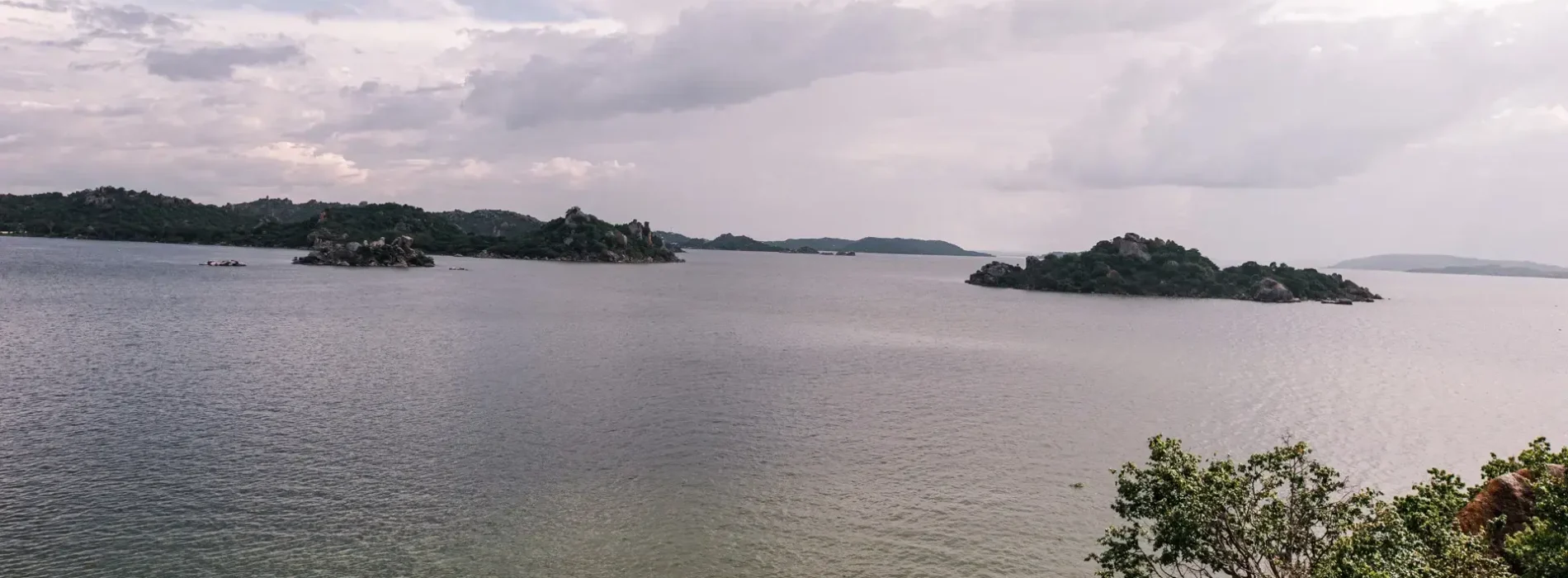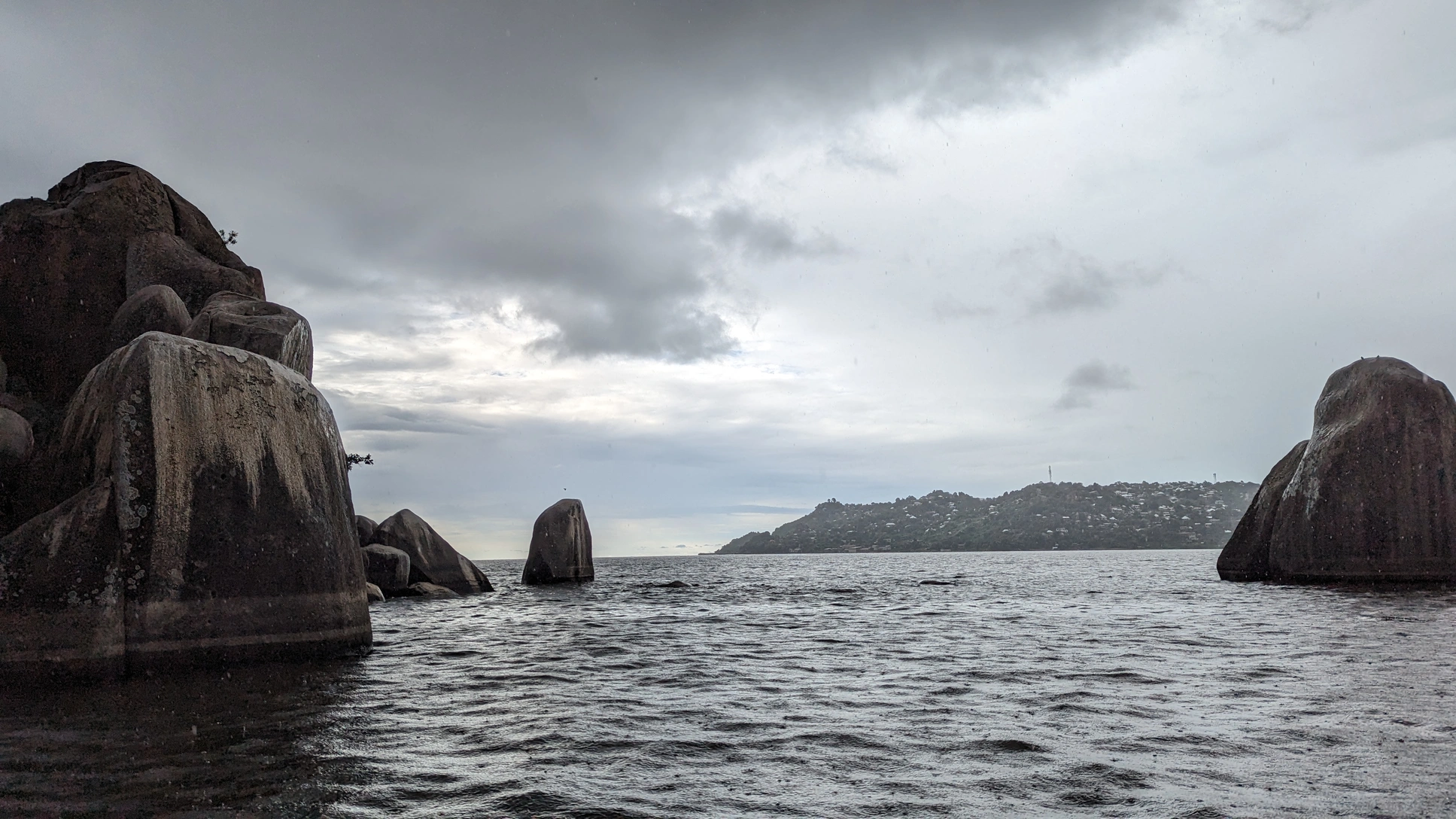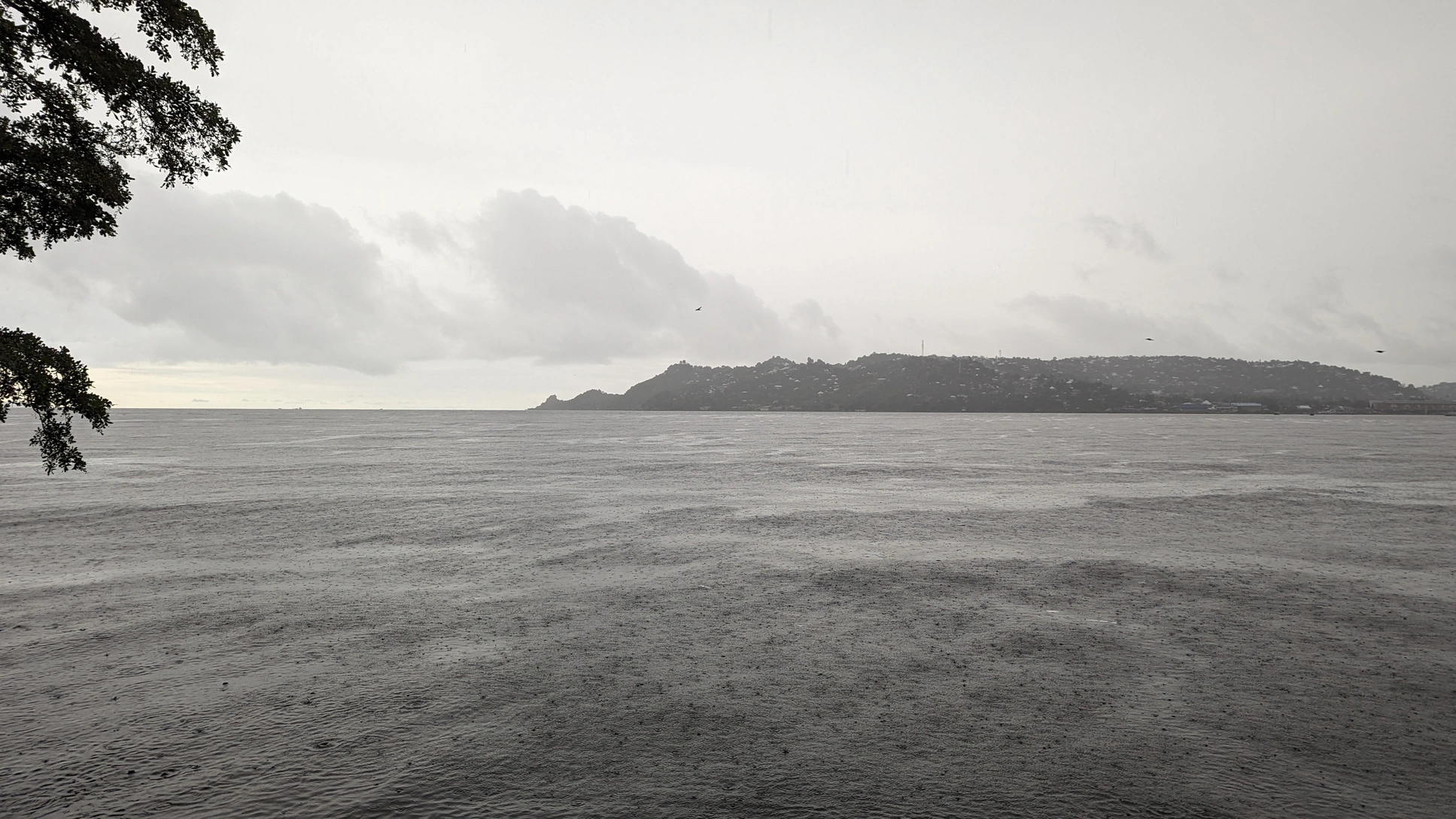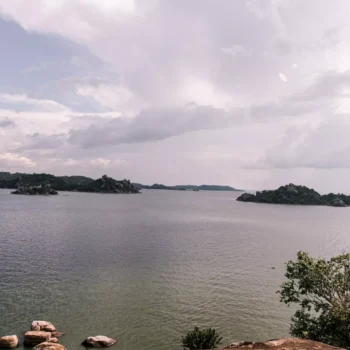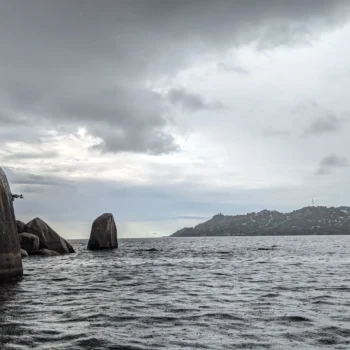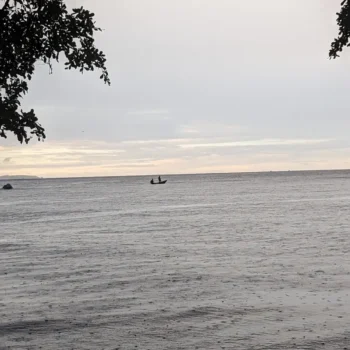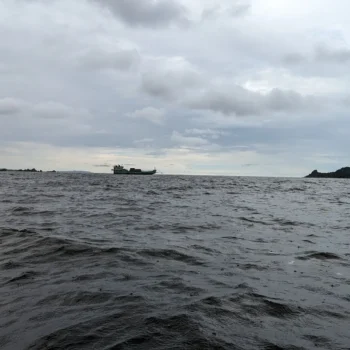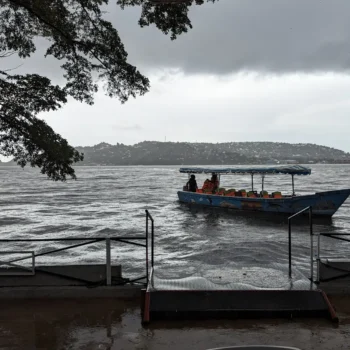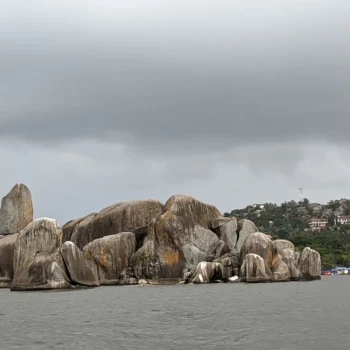Lake Victoria
Lake Victoria, the largest lake in Africa, the largest tropical lake globally, and the second-largest freshwater lake in the world (only Lake Superior is larger), is a truly significant body of water. Shared by Uganda, Kenya, and Tanzania, it spans approximately 68,900 square kilometers. Tanzania holds the largest share, with 49% of its waters within the country’s borders. Uganda claims 45%, while Kenya has a 6% share. This vast lake has profoundly shaped the history, culture, and ecology of the entire region.
A Lake of Many Names and Ancient Origins
Across various cultures and borders, Lake Victoria is known by different names in local languages. In Luo (Kenya), it’s called ‘Nam Lolwe,’ in Luganda (Uganda), it’s ‘Nalubaale,’ and in Sukuma (Tanzania), it’s referred to as ‘Nyanza.’ These names reflect the deep geological history of the lake, which dates back thousands of years and contributes to its rich and diverse ecosystem.
European Discovery and Global Recognition
In 1858, the British explorer John Hanning Speke became the first European to discover Lake Victoria. In a tribute to Queen Victoria, the then monarch of England, he named it Lake Victoria, bringing global recognition to this vast body of water. This marked a pivotal moment in the exploration of East Africa and highlighted the lake’s potential for trade and transportation.
The Source of the Nile and Economic Importance
Speke’s exploration was part of a larger quest to uncover the sources of the Nile River, and Lake Victoria played a crucial role in this endeavor. As a major component of the Nile River system, the lake not only unveiled geographical mysteries but also showcased its significant economic importance to the region.
A Vital Link in the Nile River System
Lake Victoria is a key contributor to the mighty Nile River, one of the world’s longest rivers. The Victoria Nile flows northward from the lake, eventually merging with the Albert Nile to form the White Nile. This confluence marks the beginning of the Nile’s long journey, emphasizing Lake Victoria’s critical role in the formation of this iconic river.
Islands of Beauty and Diverse Life
Beyond its historical and ecological significance, Lake Victoria is renowned for its numerous islands, numbering over 200. These islands enhance the lake’s scenic beauty and cultural diversity. Examples include the Ssese Islands in Uganda and the Ukerewe and Saanane Islands within Tanzania, each offering unique experiences and adding to the lake’s overall charm.
A Thriving Ecosystem
The clear waters of the lake are home to an impressive array of life, including over 200 species of fish, such as the majestic Nile perch and vibrant cichlids. In certain areas, you might spot hippos and crocodiles enjoying the lake’s waters, while the air is filled with the melodious songs of various bird species. Lake Victoria stands as a testament to ancient geological forces, a nurturing environment for life, and a crucial lifeline for the African continent.
Interesting Facts About Lake Victoria
- Lake Victoria is the largest lake in Africa.
- It is the largest tropical lake globally.
- It is the second-largest freshwater lake worldwide (only Lake Superior is larger).
- Shared by Tanzania (49%), Uganda (45%), and Kenya (6%).
- Receives water from rivers like the Kagera and Mara and feeds the Nile River.
How to Get There
While there’s no single entry point to the lake, the Mwanza region in Tanzania offers the easiest access to experience and appreciate the lake. Mwanza is easily accessible by road or air from anywhere in the country. It’s a welcoming place with pleasant weather and friendly people. While in Mwanza, you can also explore other attractions like Bismarck Rock and the Sukuma Museum.
